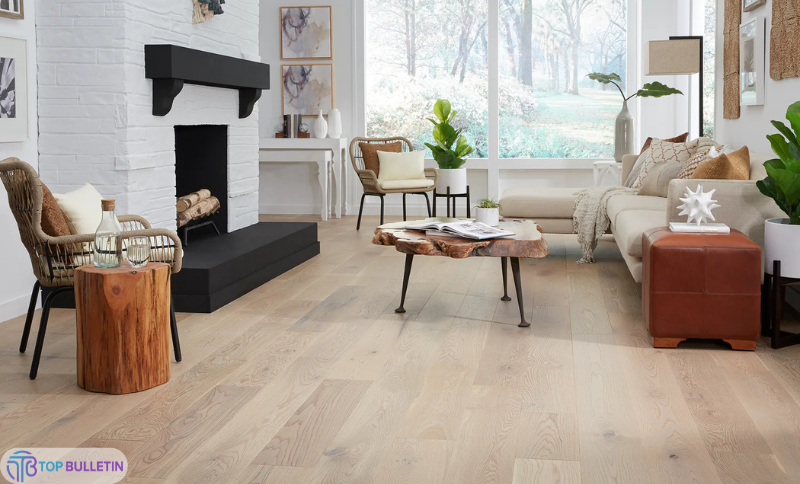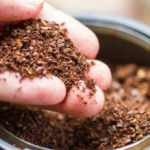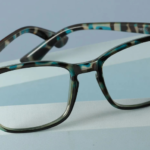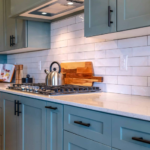White oak flooring has long been admired for its durability, natural beauty, and versatility. Whether you’re designing a cozy cabin or a sleek urban loft, white_oak_flooring fits right in. Thanks to its neutral tones and tight grain pattern, it offers both visual appeal and long-term performance.
Today, homeowners are increasingly drawn to natural white_oak_flooring and its wide variety of finishes and styles. From engineered white_oak_flooring to wide plank white oak flooring, there’s a perfect option for every interior vision. Let’s explore why this material is one of the most popular flooring choices—and how to choose the right type for your home.
What Is White Oak Flooring?
 White_oak_flooring is a hardwood flooring option made from the white oak tree, primarily harvested in North America and parts of Europe. Known for its dense grain and strength, white oak is a preferred choice for homes that need both beauty and endurance.
White_oak_flooring is a hardwood flooring option made from the white oak tree, primarily harvested in North America and parts of Europe. Known for its dense grain and strength, white oak is a preferred choice for homes that need both beauty and endurance.
Key Features:
-
Harder than red oak (great for high-traffic areas)
-
Neutral undertone (blends with warm and cool designs)
-
Low porosity (more resistant to water than red oak)
Why Choose Natural White Oak Flooring?
Natural white_oak_flooring is perfect for homeowners who want a light, earthy tone with a modern edge. The subtle grain allows for seamless design transitions, whether you’re aiming for rustic charm or minimalist elegance.
Benefits:
-
Pairs well with Scandinavian, modern, and farmhouse designs
-
Ages beautifully over time
-
Can be stained or left unfinished
Because of its light tone, natural white oak flooring reflects more light, which makes smaller rooms appear more spacious.
Wide Plank White Oak Flooring: Is It Worth It?
Yes, wide plank white_oak_flooring is absolutely worth considering. The wider the planks, the fewer seams, which creates a more luxurious and seamless look.
Why Go Wide?
-
Fewer joints = cleaner, modern aesthetic
-
Highlights the natural grain of white oak
-
Often makes rooms appear larger and more open
Keep in mind that wide planks may cost a bit more, but the design payoff is significant.
Unfinished White Oak Flooring vs. Prefinished
Unfinished white_oak_flooring allows you to apply a custom stain on-site after installation. This gives you more control over the final color and finish.
Pros of Unfinished:
-
Customizable stains and finishes
-
Seamless floor look after sanding
-
Better for matching existing woodwork
Prefinished floors, however, offer convenience. They arrive sanded, stained, and sealed—ready for installation.
Red Oak vs White Oak Flooring
Many homeowners ask: What’s better, red oak or white_oak_flooring?
| Feature | Red Oak | White Oak |
|---|---|---|
| Color | Pinkish-red undertones | Neutral beige to gray tones |
| Grain Pattern | More open and noticeable | Tighter, straighter grain |
| Water Resistance | Lower | Higher |
| Hardness (Janka Scale) | ~1290 | ~1360 |
White_oak_flooring is the better choice if you’re going for a modern, moisture-resistant, and long-lasting floor.
European White Oak Flooring
European white_oak_flooring has a wider grain and tends to be slightly lighter in tone than its American counterpart. It’s often used in high-end homes due to its elegant and expansive grain pattern.
What Makes It Special:
-
Grown in slow-growth regions (denser wood)
-
Naturally wider and longer boards
-
Highly sought-after for luxury homes
Engineered White Oak Flooring
For those who need flexibility and affordability, engineered white_oak_flooring is a top choice. It consists of a white oak veneer over multiple layers of plywood.
Advantages:
-
More stable in humid climates
-
Easier to install (great for DIY)
-
Can be floated, nailed, or glued
Engineered white_oak_flooring is perfect for basements, condos, or anywhere solid wood might expand or contract too much.
How to Maintain White Oak Flooring
 Even though white oak flooring is durable, it still needs regular care to stay beautiful.
Even though white oak flooring is durable, it still needs regular care to stay beautiful.
Maintenance Tips:
-
Use a microfiber mop for dusting
-
Avoid wet mops — use damp cloths instead
-
Place rugs in high-traffic areas
-
Recoat every few years if needed
Unfinished white_oak_flooring may require more frequent recoating than prefinished varieties.
Modern White Oak Flooring Trends
Modern white_oak_flooring comes in a range of finishes and sizes that suit today’s design needs. Think matte finishes, natural stains, and even wire-brushed textures.
Trending Styles:
-
Matte Finish: Less shine, more natural look
-
Wire-Brushed: Adds texture and depth
-
Gray-Washed Tones: Great for minimal interiors
Designers love combining modern white_oak_flooring with neutral palettes, clean lines, and large windows for a fresh and airy vibe.
Bio Table
| Feature | Details |
|---|---|
| Type | Natural Hardwood |
| Species | White Oak |
| Popular Styles | Wide Plank, European, Engineered |
| Finish Options | Matte, Satin, Unfinished, Brushed |
| Grain Pattern | Tight, Straight |
| Colors | Beige, Gray, Taupe |
| Durability | High (Janka ~1360) |
| Best For | Modern, Farmhouse, Scandinavian |
| Price Range | $$–$$$$ |
| Lifespan | 25–100+ years with care |
| Water Resistance | Moderate to High |
| Maintenance Level | Moderate (routine care + refinishing) |
Final Thoughts
White_oak_flooring is a smart investment if you’re looking for timeless style, strength, and versatility. Whether you’re leaning toward wide plank white_oak_flooring, unfinished white_oak_flooring, or European white_oak_flooring, there’s no wrong choice.
Each variant brings something unique to the table—but they all share the same core strengths: beauty, durability, and adaptability.
FAQs
1. Is white oak flooring good for kitchens and bathrooms?
Yes, but opt for engineered white_oak_flooring in moisture-prone areas to prevent expansion and warping.
2. How long does white_oak_flooring last?
With proper care, white_oak_flooring can last 25 to 100+ years depending on the finish and foot traffic.
3. Can white oak be stained darker?
Absolutely. It absorbs stain well and can range from light beige to rich espresso tones.
4. Is white oak better than red oak?
Yes for modern homes—white oak is more water-resistant, harder, and has a tighter grain.
5. Does white oak flooring increase home value?
Yes, it’s a highly desirable material that adds aesthetic appeal and longevity, which attracts home buyers.






